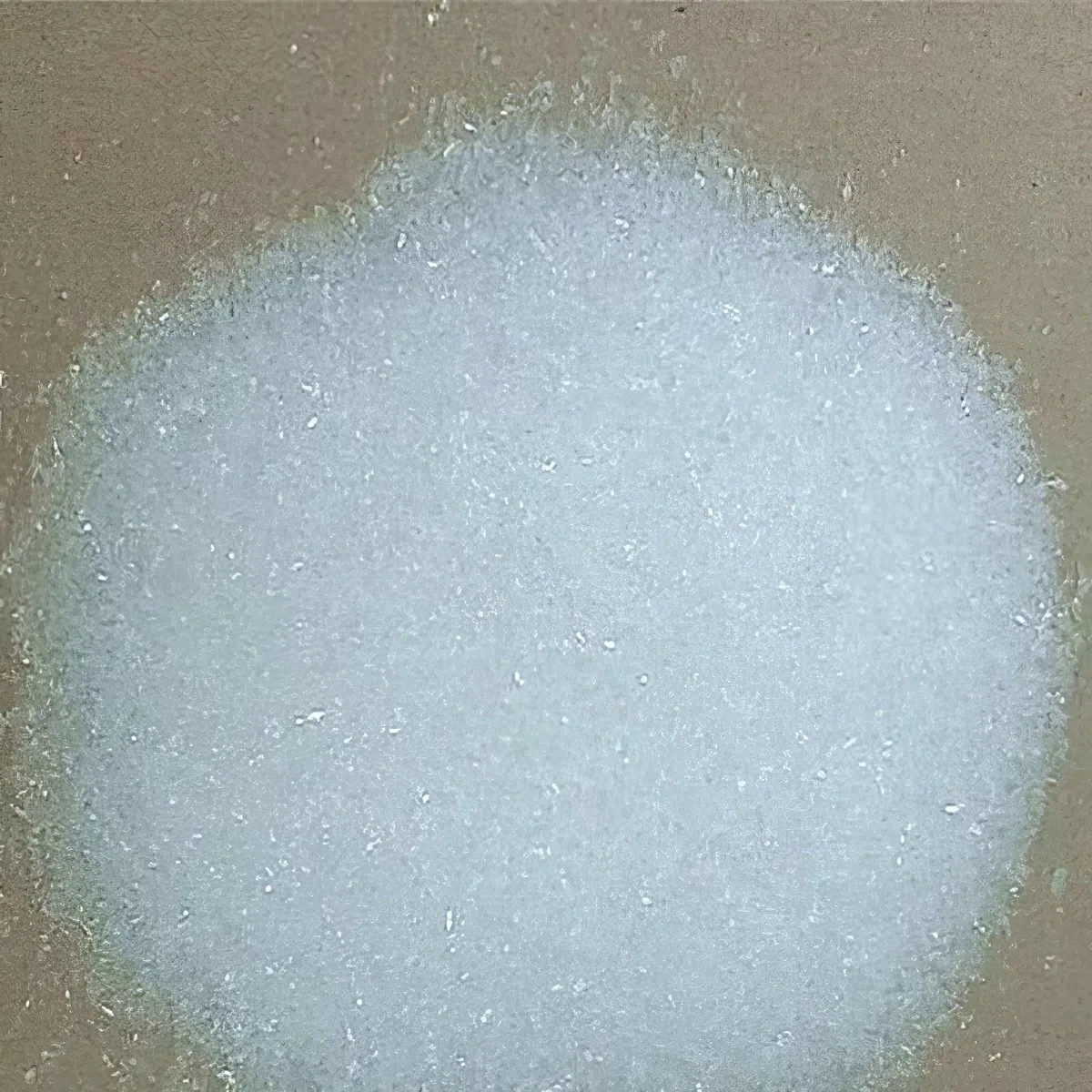



1 percent sodium hypochlorite solution uses
Uses of 1% Sodium Hypochlorite Solution
Sodium hypochlorite, a compound formed by the reaction of chlorine with sodium hydroxide, is a powerful disinfectant and bleaching agent widely used in various fields due to its effective antimicrobial properties. A 1% sodium hypochlorite solution is particularly popular for its practical applications in everyday life, healthcare, water treatment, and industrial settings. This article explores the diverse uses of this versatile solution.
1. Disinfection and Sterilization
One of the primary uses of a 1% sodium hypochlorite solution is in disinfection. It is commonly employed in hospitals and healthcare settings to sanitize surfaces, medical instruments, and equipment. The solution effectively eliminates bacteria, viruses, and fungi, making it a reliable choice for maintaining sterile environments. For instance, during outbreaks of infectious diseases, such as Norovirus or Clostridium difficile, healthcare facilities utilize this solution to decontaminate patient rooms and common areas.
Moreover, due to its ability to neutralize pathogens, a 1% sodium hypochlorite solution is also widely used in laboratories to cleanse work surfaces and equipment, ensuring a contamination-free environment for sensitive experiments.
2. Water Treatment
In many parts of the world, access to clean and safe drinking water is a significant concern. Sodium hypochlorite is widely used for water treatment, particularly for disinfecting municipal water supplies. The 1% solution effectively kills harmful microorganisms present in water, including bacteria, viruses, and protozoa, thus ensuring that the water is safe for human consumption.
In addition to municipal water treatment, particularly in rural and developing areas, this solution can be used for household water disinfection. By adding a few drops of 1% sodium hypochlorite to water, families can help eliminate pathogens, reducing the risk of waterborne diseases.
3. Household Cleaning
Sodium hypochlorite is a common ingredient in many household cleaning products due to its efficacy as a bleach and disinfectant. A 1% sodium hypochlorite solution can be used to clean and sanitize surfaces in kitchens and bathrooms, such as countertops, sinks, and toilets. It helps in removing stubborn stains, mold, and mildew while leaving surfaces hygienic and smelling fresh.
1 percent sodium hypochlorite solution uses

Besides surface cleaning, this solution is often used in laundry to whiten clothes and disinfect fabrics. When diluted appropriately, it can help restore the brightness of whites without damaging the fabric.
4. Food Safety
Ensuring food safety is paramount in preventing foodborne illnesses. A 1% sodium hypochlorite solution can be used to sanitize food contact surfaces, utensils, and equipment in both commercial and domestic kitchens. Additionally, fruits and vegetables can be soaked in a diluted solution to kill potential pathogens and help remove pesticides.
It is crucial, however, to follow appropriate guidelines for the safe use of sodium hypochlorite in food preparation to avoid any harmful chemical residues.
5. Agriculture
In agriculture, a 1% sodium hypochlorite solution serves as an effective treatment for seed and soil disinfection. It helps to eliminate pathogens that could threaten crops, contributing to safer and healthier yields. Farmers often utilize this solution in hydroponics and greenhouse environments to maintain sterile conditions, reducing the risk of plant diseases.
6. Industrial Applications
Various industries, including textiles, paper manufacturing, and wastewater treatment, leverage the bleaching and disinfecting properties of sodium hypochlorite. In the textile industry, it is used for bleaching fabrics, while in wastewater treatment plants, it helps in the elimination of harmful microorganisms before water is discharged or reused.
Conclusion
The versatility of a 1% sodium hypochlorite solution makes it an invaluable tool across multiple sectors. From healthcare and water treatment to household cleaning and agriculture, its disinfectant properties play a crucial role in promoting health and hygiene. However, it is essential to handle sodium hypochlorite with care and follow safety guidelines to maximize its benefits while minimizing risks. By incorporating this effective solution into daily practices, individuals, communities, and industries can contribute to a healthier and safer environment.
-
Why Sodium Persulfate Is Everywhere NowNewsJul.07,2025
-
Why Polyacrylamide Is in High DemandNewsJul.07,2025
-
Understanding Paint Chemicals and Their ApplicationsNewsJul.07,2025
-
Smart Use Of Mining ChemicalsNewsJul.07,2025
-
Practical Uses of Potassium MonopersulfateNewsJul.07,2025
-
Agrochemicals In Real FarmingNewsJul.07,2025
-
Sodium Chlorite Hot UsesNewsJul.01,2025










